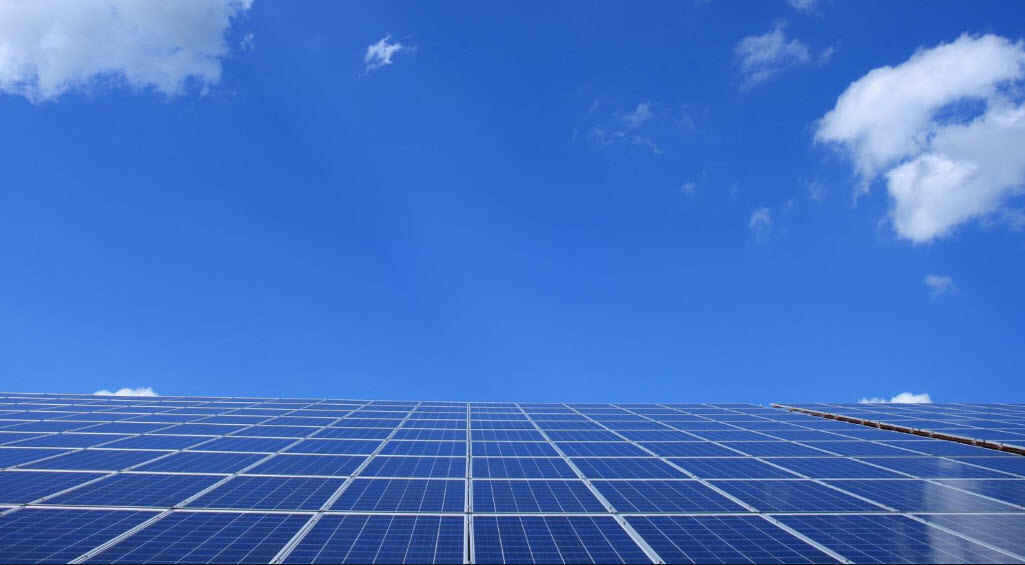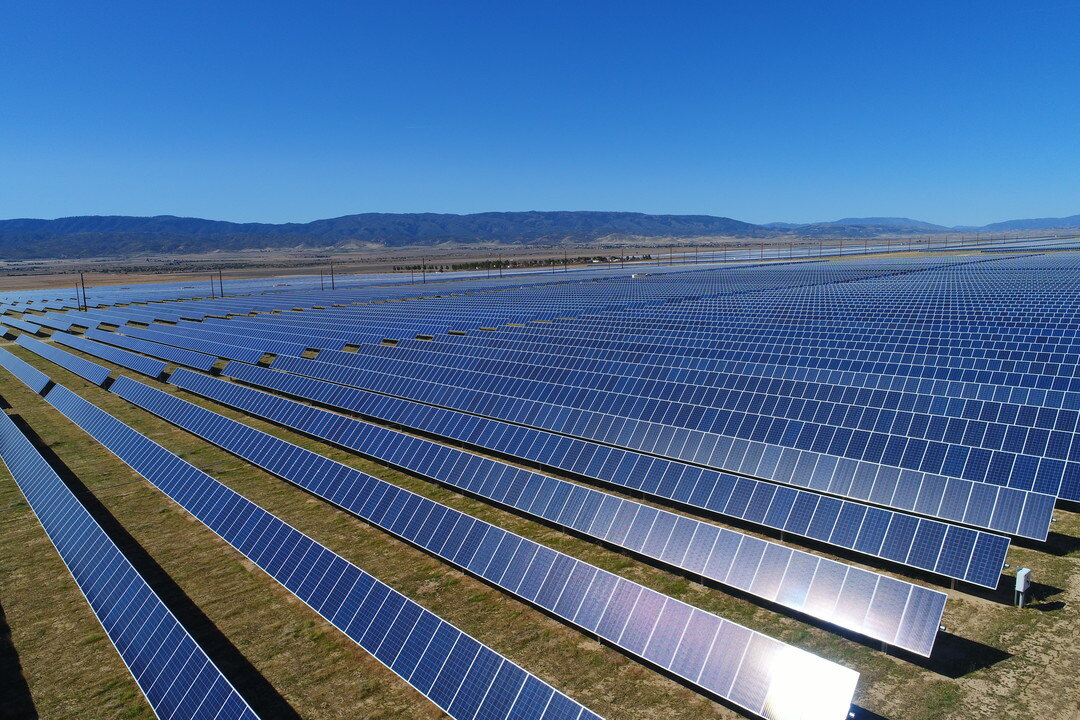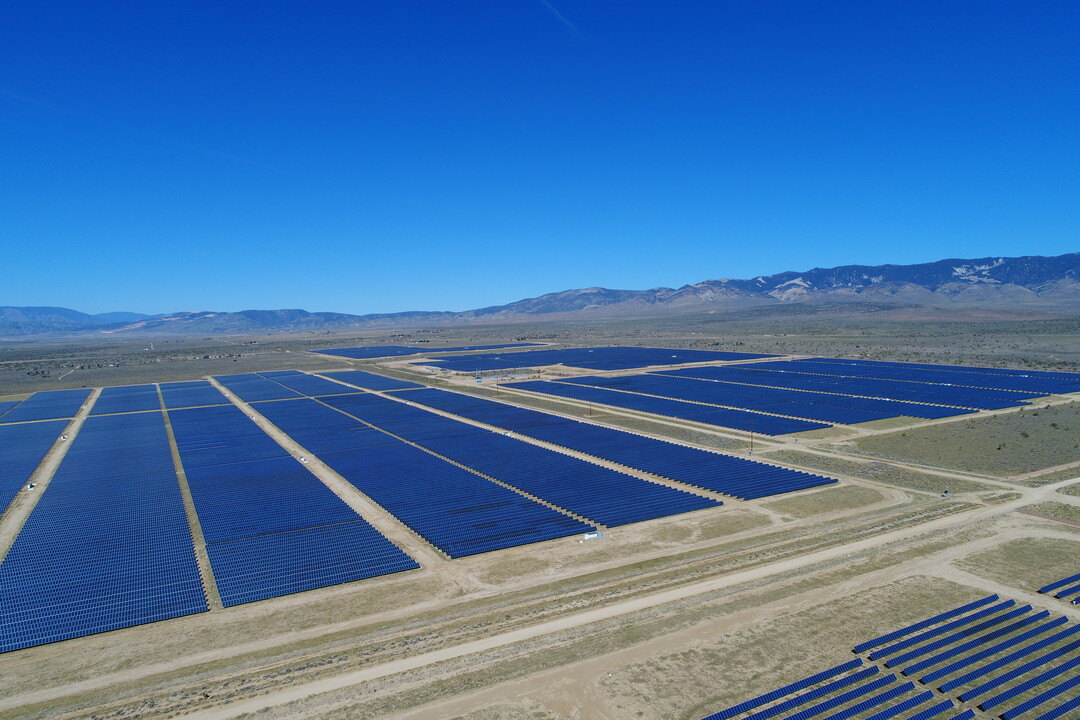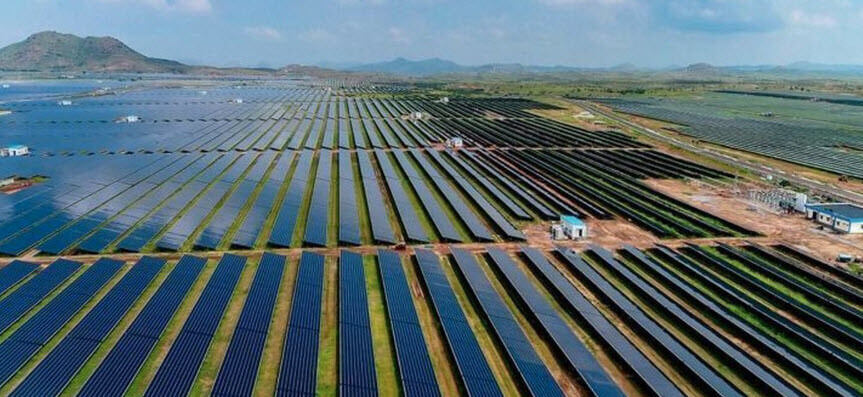The 10 Things You Need to Know to De-risk Solar O&M #2: Have a Good Inverter Refurbishment Plan

Stay in touch
Subscribe to our newsletter for expert insights, company updates, and the latest in renewable energy management solutions.
Most solar power purchase agreements (PPAs) have terms of 20 to 25 years, which means predictable energy delivery for that period is expected by the power off-taker and the owner. Most solar panels, the electric generators of the solar power plant, will be able generate reliable power for 25, 30 and even 40 years from the day they were first commissioned. Unfortunately, exactly zero percent of all inverters installed at a given solar power plant will be operational in 25 years. That’s right, central* solar power inverters do not last for 20 to 30 years. Best estimates are that even the highest quality inverters will hit their useful life by around 15 years. Yes, every single central inverter will need to be either replaced, repaired or refurbished if the facility is to reliably produce power in 15, 20 or 30 years.
Most inverter manufacturer’s do not make their mean-time-between-failure (MTBF) data available to the public so there is limited theoretical data available from which to predict useful life. Therefore, we must evaluate operational data, warranties and known component life data to estimate inverter useful life.
WARRANTIES
If you perform a survey of the top 5 inverter manufacturer’s warranty terms, they typically offer a standard 5 year warranty with the option to “extend” the warranty up to 20 years. Warranty extension for an inverter is basically transferring long-term maintenance and repair risk from the owner to the original equipment manufacturer (OEM). Inverter OEMs will be happy to extract a hefty fee from you to move this reliability risk to them.
Summary: if the OEMs thought their inverters would last 15 to 20 years, they would include those terms in the base system warranty to differentiate themselves from their competitors. Since they don’t, we can reasonably assume the useful life of most central inverters is between 10 and 15 years.
COMPONENT LIFE DATA
The three known components of an inverter that experience the most “wear-and-tear” are the IGBTs, capacitors and circuit boards. All these components experience significant thermal cycling, especially in harsh environmental conditions which just happens to be where most central inverters are installed. If inverter component refurbishment plans are not factored into your lifecycle maintenance costs, you may experience significant unbudgeted O&M expenses starting somewhere around operating year 12 to 15.
OPERATING DATA
Inverters are, by far, the largest single O&M costs for a solar power facility. Operating data indicates that inverter lifecycle costs are between 30-50% of the overall maintenance costs of operating a solar power plant followed. Additionally, inverters have the biggest impact on plant unavailability. Most PV projects are financed with an assumed 98% system availability factor. 2% unavailability is equivalent to about 7 days off line per year. One big unplanned outage can consume the entire annual unplanned outage estimate. You can’t afford to have long, unplanned outages with your inverter equipment.
SUMMARY
The inverter is the “weakest link” in the solar plant achieving its annual availability target. Many solar projects are financed without an inverter reserve fund to address these later year operating cost realities. When the inverter is out of warranty, all those costs fall on the owner’s shoulders. It is important that you work with good operating data, have an inverter refurbishment plan in place and an O&M reserve account in your operating budget if you expect to meet your project cash flow projections.
*Note, this article is addressing large, central inverters. Some microinverter manufacturers are offering 25 year warranties on their equipment. It remains to be seen if these are realistic estimates of inverter useful life, or if manufacturers are simply laying off balance sheet risk for the future.
Steve Hanawalt is Executive Vice President and Co-Founder of Power Factors LLC





